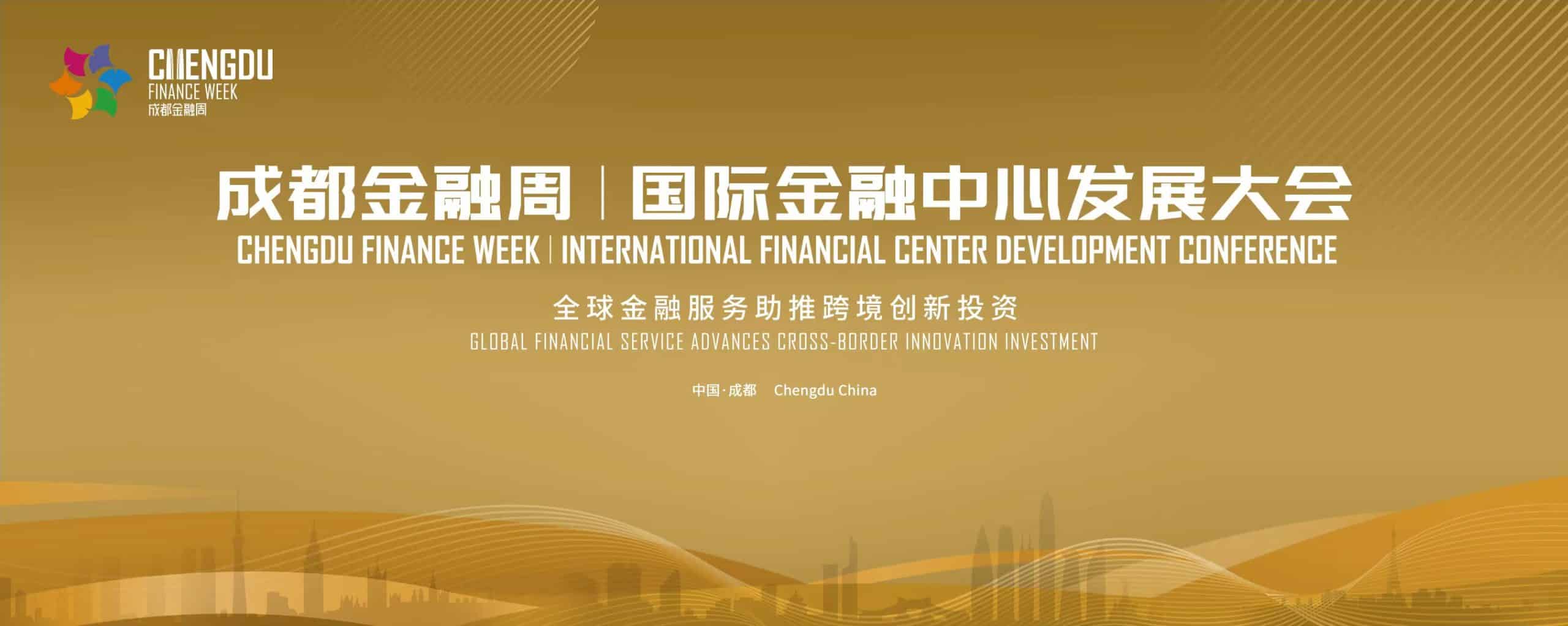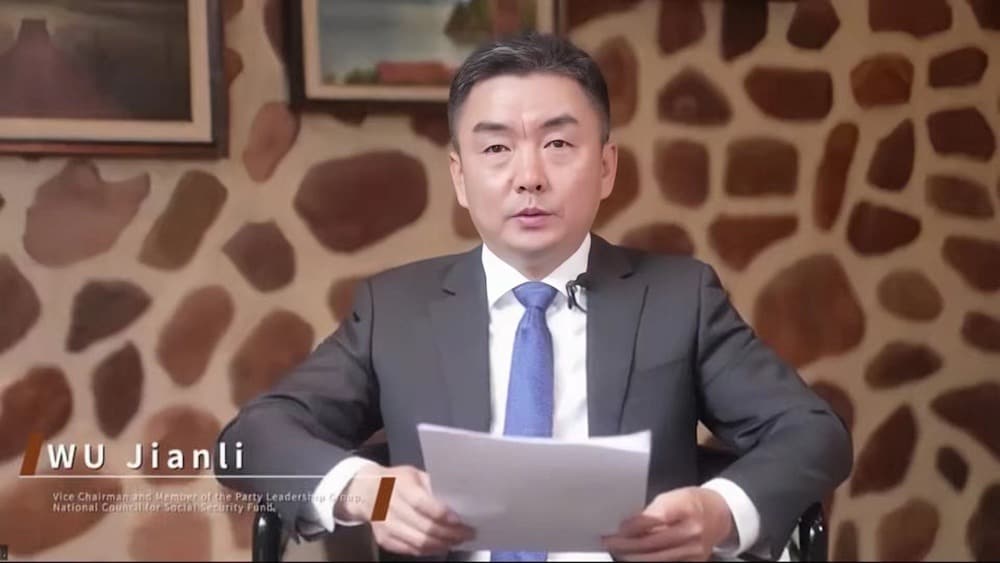

Energy Transition Drives Changes in Future Development Modes
China has developed a roadmap and timeline for achieving carbon peak and carbon neutrality in the top-level policy design and development strategy. At present, government officials, business people, and academics at all levels in China need to reconsider how to reconcile existing achievement with long-term goals for more sustainable development. Carbon neutrality is not only about solving carbon-related issues, but also about achieving high-quality national development through technological innovation, technological progress, energy security, and a shift in development patterns.
The first step to achieve carbon neutrality is promoting energy transformation. However, there are two issues at hand: how to accelerate the development of new energy and how to transform traditional energy. Seen from the superficial level, these two issues address the problems of energy. But if we delve deeper, we will see that they are actually the booster of the Fourth Industrial Revolution. Therefore, for China, achieving energy transformation will not only do good to China’s long-term energy security problems but also alleviate geopolitical pressures.
Energy transformation drives industrial transformation. Making the leap from traditional energy to new energy will bring about changes in energy patterns, such as power grid, electricity, and energy storage system, fostering further progress in future development patterns. For example, the energy we use today are provided by big companies and their power grids. In the future, however, the emergence of new energy will lead to a new trend of distributed development, which may facilitate the development of new industries and technologies, such as distributed power grids and energy storage. One typical example would be the transportation industry. With the adoption of new energy in auto industry, shipping, and aviation, new forms of energy service and technologies will emerge, thus facilitating the industrial upgrade.
Such industrial upgrades will further transform China’s economic development pattern and help achieve high-quality development.
Laying a solid foundation:
integrating short-term cost-benefit with long-term goals.
The pursuit of carbon neutrality in China relies heavily on technological innovation and progress. To achieve the Dual Carbon Goals, a systematic and comprehensive transformation of the economic and social system is crucial. Therefore, carbon neutrality is about facilitating industrial upgrade through technological innovation, thus enabling the transformation of development patterns.
To understand carbon neutrality from the bigger picture, one needs to look beyond the cost. The Dual Carbon Goals is an important strategic decision made by the Communist Party of China Central Committee through deliberation. It is essential for sustainable development and building a community with a shared future for mankind. Therefore, carbon neutrality is a priority for securing China’s future development and our competitive edge on the national stage.
An essential precondition to understand the bigger picture of carbon neutrality is to lay a solid foundation for effective strategy implementation to put related technologies into full play. This is not a frequently-mentioned issue, but it plays a crucial role nevertheless. We need to know how much carbon we have emitted and through what channels in order to locate proper solutions.
To lay the foundation for achieving dual carbon goal, as the 2030 Action Plan for Peak Carbon Emissions of the State Council rule number 1 said, it is important to establish a nationwide unified statistical system. This would not be a system randomly compiled by the government. Instead, it is worked out through the sophisticated calculation of each company. Without such a solid foundation, it is difficult to realize the long-term goal and promote the industrial transformation and upgrading. By giving carbon a true market value, enterprises will have greater motivation to invest in research and development, then a large-scale emissions reduction can be achieved. At this level, the capital market should find the value of carbon and utilize corresponding investment to gain greater returns.
Carbon neutrality fosters international cooperation
The focus of international cooperation in the areas of future energy transformation, carbon neutrality, and sustainable investment lies in the following three aspects.
First, cooperation on governance rules for carbon emissions reduction. Carbon emissions reduction, carbon governance, and climate change are not the responsibility of one country alone, but of the whole world. If the rules and standards of various countries are inconsistent, it will be detrimental to achieving real goals and long-term cooperation. Although certain aspects of China’s problem may require case-by-case analysis, we should still follow the general direction of the world in this regard.
Second, cooperation on technology. China’s development in the fields of photovoltaics, solar energy, wind energy, and even batteries is now taking the lead, and can be applied worldwide in many fields. Therefore, cooperation with other countries on advanced technology is also a promising direction.
Third, cooperation on investment. Domestic and international mutual investment is beneficial to achieving respective carbon emissions reduction targets. Compared to well-developed foreign voluntary carbon markets, China is still at a primary stage. Therefore, we hope more cooperation can be carried out in the future.

Former Chairman and Party Secretary of China Petrochemical Corporation (SINOPEC)
Founder of International Institute for Carbon Neutrality
Vice Chairman of Beijing Energy Club







